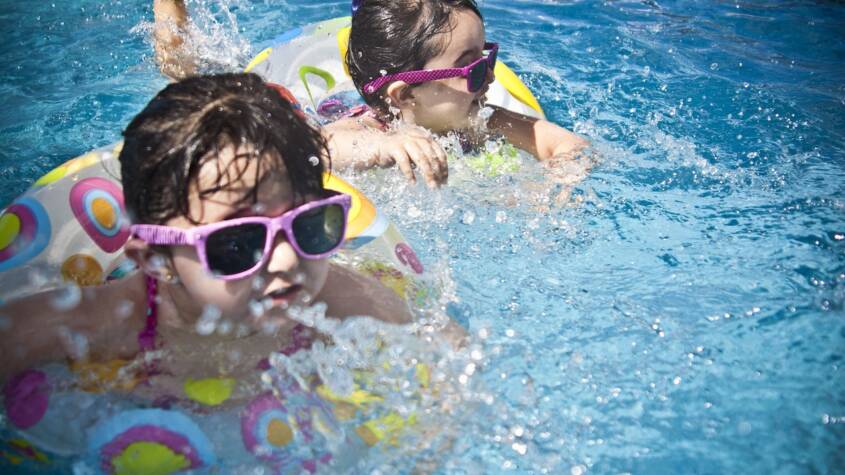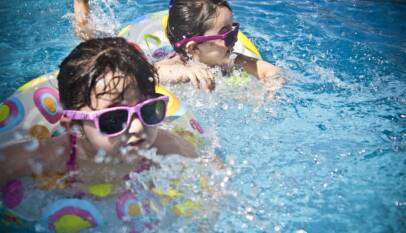
Kids swimming lessons teach essential water safety skills and build confidence in the water from an early age. They help children develop proper swimming techniques while reducing the risk of drowning.
Many parents prioritize swimming lessons because they promote physical health and improve coordination. Swimming also encourages discipline and focus, making it a valuable activity beyond just being fun.
Choosing the right program can impact how effectively children learn and enjoy swimming. Understanding the key benefits and what to expect helps parents make informed decisions about lessons.
Benefits Of Kids Swimming Lessons
Swimming lessons provide children with essential skills that extend beyond the water. They support development in practical safety abilities, physical health, and social skills, all of which are important for overall growth.
Building Water Safety Skills
Swimming lessons teach children how to recognize and respond to water hazards. They learn to swim safely, use flotation devices, and understand pool rules, which reduces the risk of drowning.
Instructors focus on critical skills such as floating, treading water, and controlled breathing. These abilities help kids gain confidence and independence when near or in water.
Parents often report increased peace of mind knowing their children can handle emergency situations, such as accidental falls into water. This knowledge is vital for both pools and natural bodies of water.
Physical And Mental Development
Swimming is a full-body exercise that strengthens muscles, improves cardiovascular health, and enhances coordination. Kids develop better endurance and flexibility through regular practice.
Mentally, lessons encourage focus, discipline, and goal-setting. Children experience measurable progress, which boosts self-esteem and a sense of achievement.
Breathing control learned during swimming aids lung capacity and can benefit children with respiratory conditions. The rhythmic nature of swimming supports relaxation and reduces stress.
Social Interaction And Teamwork
Group swimming lessons create a social environment where children engage with peers. They learn to follow instructions and cooperate during activities.
Through shared goals and activities, kids build communication skills and develop respect for instructors and classmates. These lessons promote patience and empathy.
The social aspect of lessons often inspires lasting friendships and a sense of belonging. This positive interaction helps children feel supported and motivated to improve.
Choosing The Right Swimming Lessons
Selecting swimming lessons involves evaluating how levels match a child’s skill, the expertise of the instructor, and the safety of the swimming environment. These factors directly influence the learning process and the child’s comfort.
Understanding Lesson Types And Levels
Swimming programs often start with basic water familiarization for beginners and move through progressive skill levels. Lessons usually range from water safety and floating to strokes and endurance.
Most programs use age and ability to group children, ensuring lessons fit developmental needs. Look for clear descriptions of what each level covers and ask if assessments determine the starting point. Group size matters; smaller groups offer more individual attention and better progress tracking.
Instructor Qualifications And Experience
Qualified instructors typically hold certifications from recognized bodies such as the American Red Cross or YMCA. Experience teaching children is crucial, as it affects their ability to engage and respond to different learning speeds.
Check if instructors maintain current first aid and CPR certifications. Instructors who have specialized training in child psychology or pedagogy often handle fears and behavioral challenges more effectively. Reviews or recommendations can help verify an instructor’s reputation.
Facilities And Safety Standards
The swimming facility should maintain clean water and temperature appropriate for children’s comfort. It should also have non-slip surfaces around the pool and clear emergency procedures.
Safety features such as lifeguards on duty and visible safety equipment are essential. Facilities compliant with local regulations, including pool fencing and depth markings, reduce risks. Some pools offer observation areas for parents, which can provide reassurance during lessons.
Autism Programs for Adults Improving Independence and Support Services
Adults with autism often require specialized support to enhance their independence and qua…








